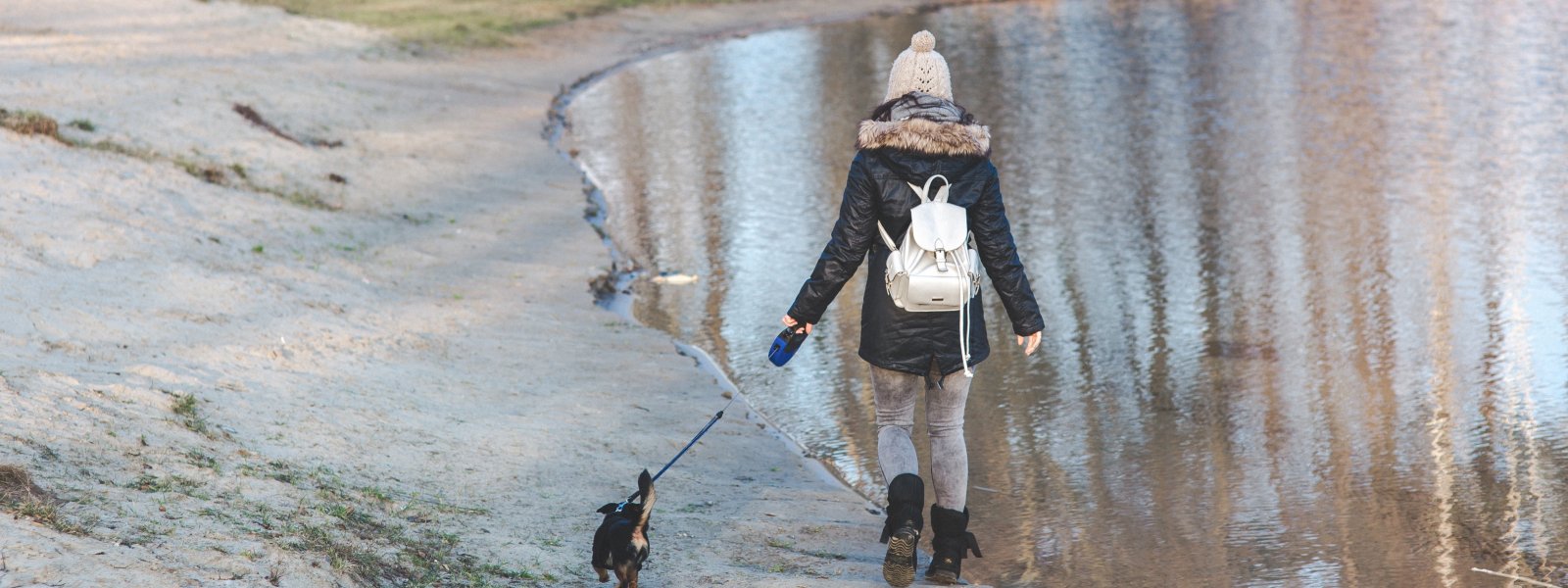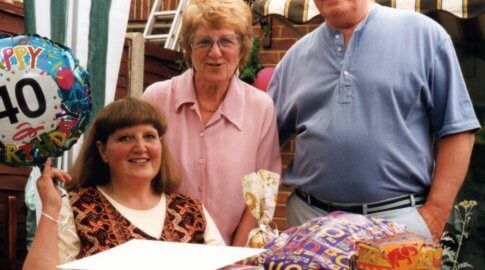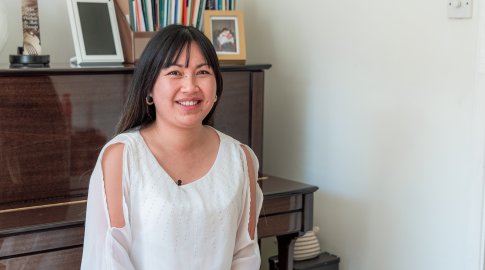Keeping active during colder months (and a pandemic!)
The continuing pandemic coupled with colder weather can make it harder to keep active if you have pulmonary hypertension.
Katie Dowling, specialist physiotherapist within the PH service at the Royal Brompton Hospital, offers her advice for this unusual and challenging time.
Research by the PHA UK has shown that 36% of people with PH lost fitness during the first three months of shielding and 27% gained weight. I wouldn’t say the findings are surprising, but they are definitely worrying.
I have spoken to a lot of patients who have experienced this, but have anxiety about going out and exposing themselves during the pandemic. And colder weather can make it harder to get out and about with PH too.
Even if people weren’t doing lots of structured formal exercise before the pandemic, just getting out and going for a walk, or going to the shops, would have been really good for them.
It’s important to be mindful of a decrease in activity, for example, I use my smartphone to keep track of my daily steps and I notice straight away if they have dropped off.
So, if you know you are less active, what can you do about it? I appreciate it can be very daunting going out, but there are lots of things you can do at home.
Just being more aware of opportunities to move helps. Some people think exercise means going to a gym class, but it can be simple everyday activity too. For example, you could:
- March on the spot while the kettle boils
- Stand up and do stretches during ad breaks on TV
- Walk around your garden
- Do some gentle squats whilst holding onto a kitchen surface
- Do some step-ups using the bottom step of your stairs
When it comes to things like step-ups, or laps around the garden, I’d say do as many as you are comfortable with to start with and write that number down. You can then try to increase those numbers gradually over time.
I have never asked a patient to go out and buy anything fancy to exercise with. One of my favourite pieces of ‘equipment’ you can find at home is a good old tin of beans, which you can use to do bicep curls, or hold them whilst lifting your arms out to the sides.
Exercise doesn’t have to be structured, and you don’t have to get really sweaty. It sounds like a cliché but every little helps, and it all adds up. Doing some little and often, and incorporating it into your day at home, makes a big difference.
It’s important to be mindful of being active. For example, you could set an alarm on your phone to remind you to get up and walk around every hour or have a stretch every 15 minutes.
You don’t need to speak to a physiotherapist if you’re unsure about what to do, simply talk to your specialist team and let’s get those conversations about exercise going.
Additional resources
This video walks you through gentle exercises that can be done at home
If you feel able to go for a walk, this video explains how far and how fast you should go
Watch Katie talk to PHA UK Chair Iain Armstrong about keeping active during colder months below:
















